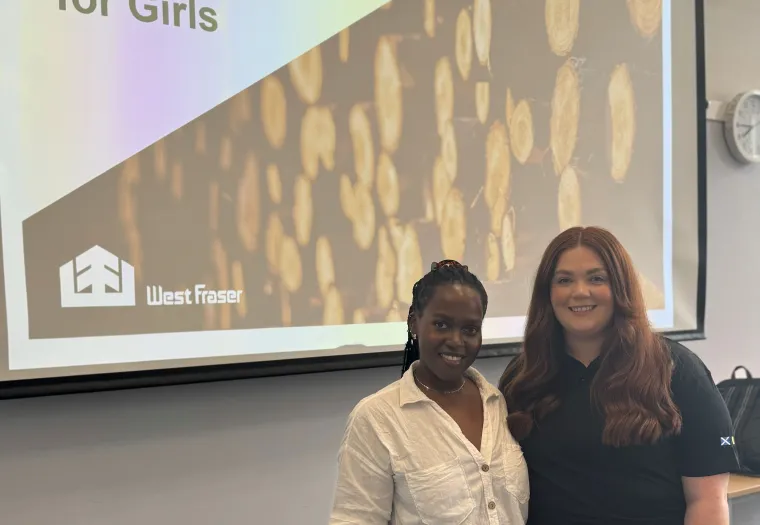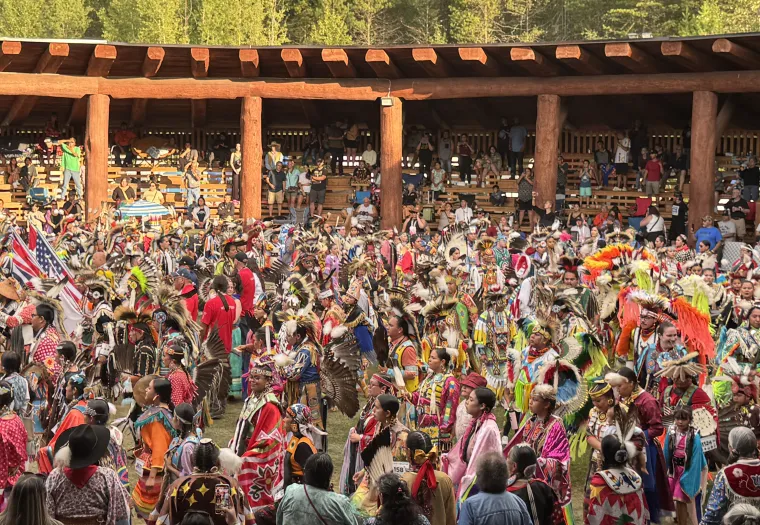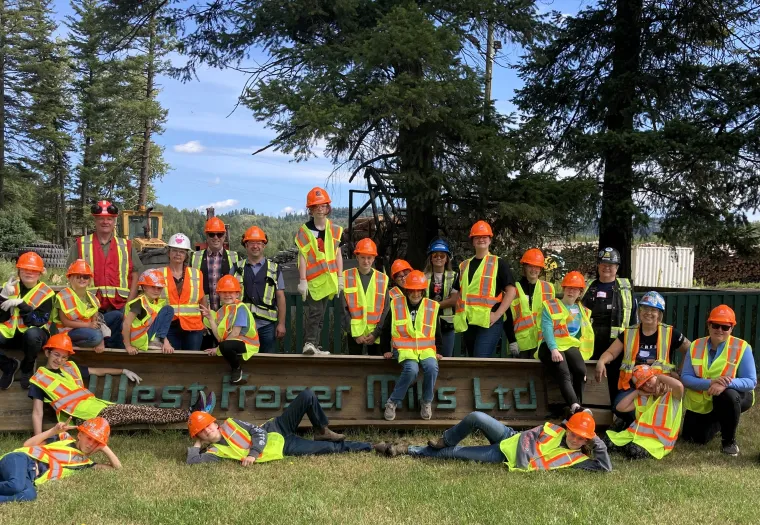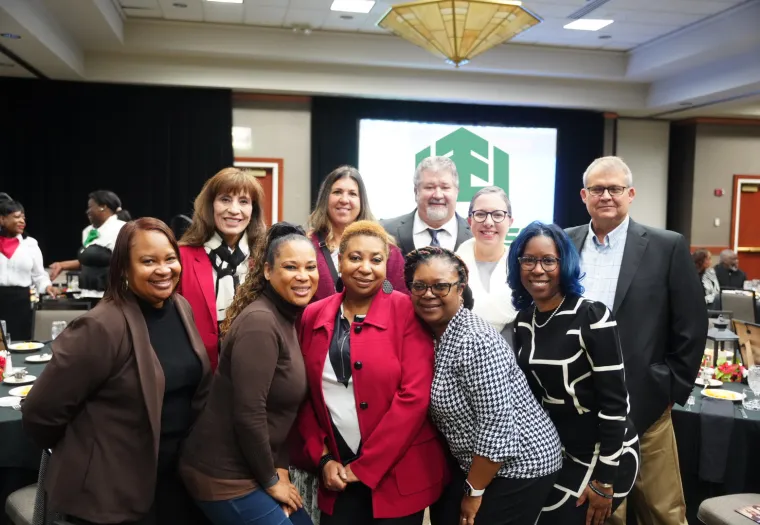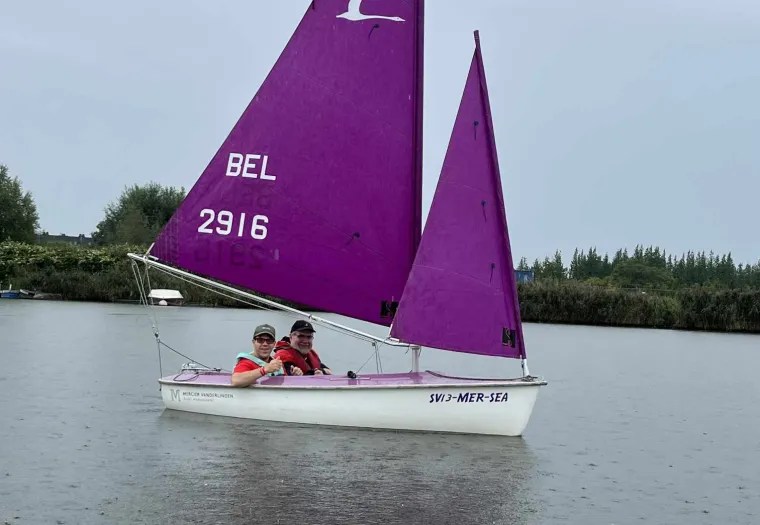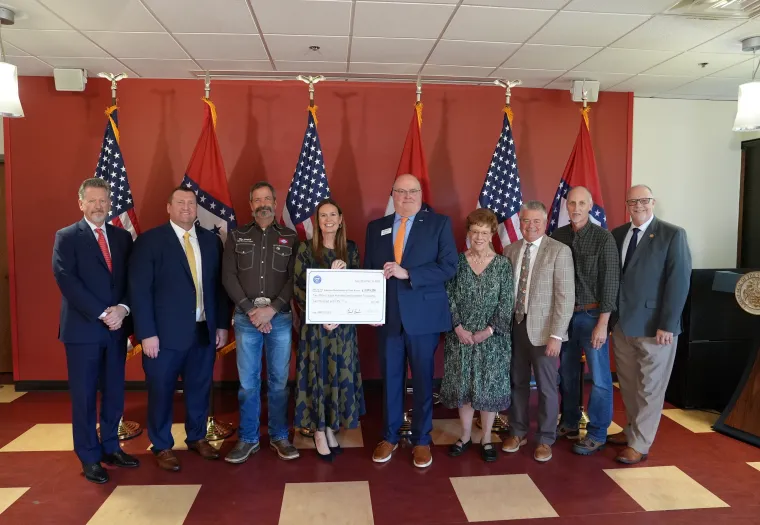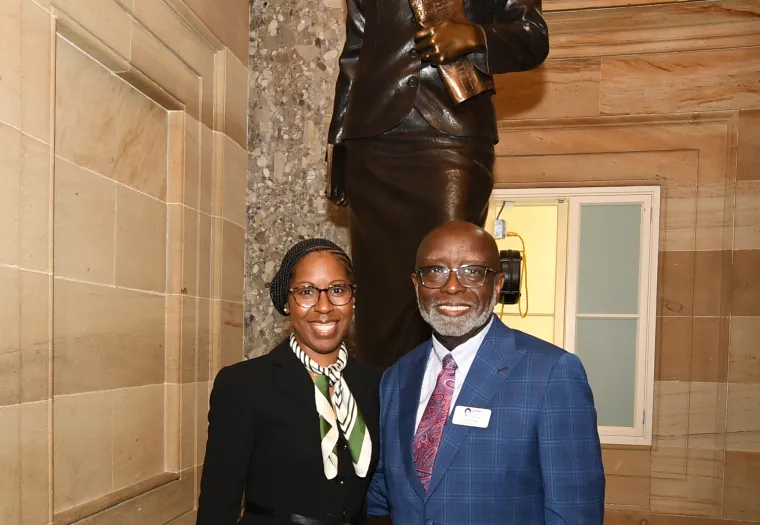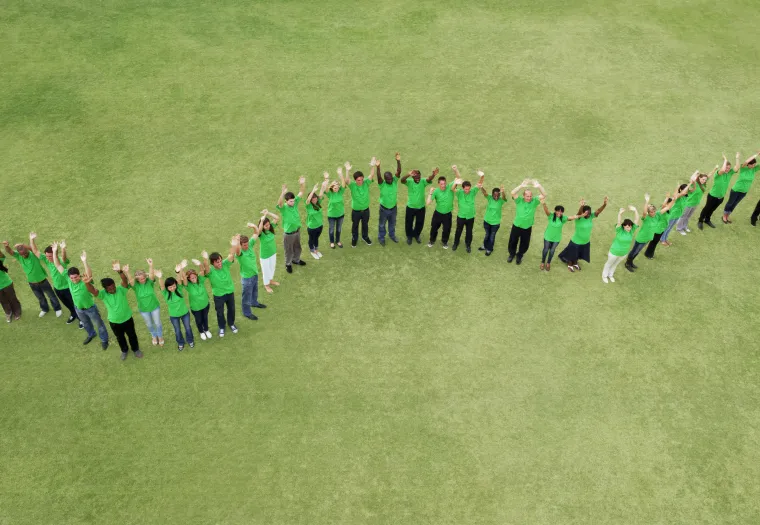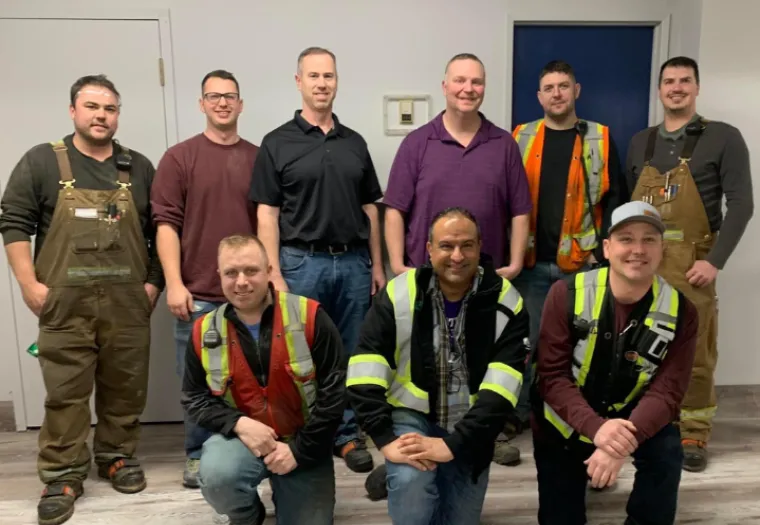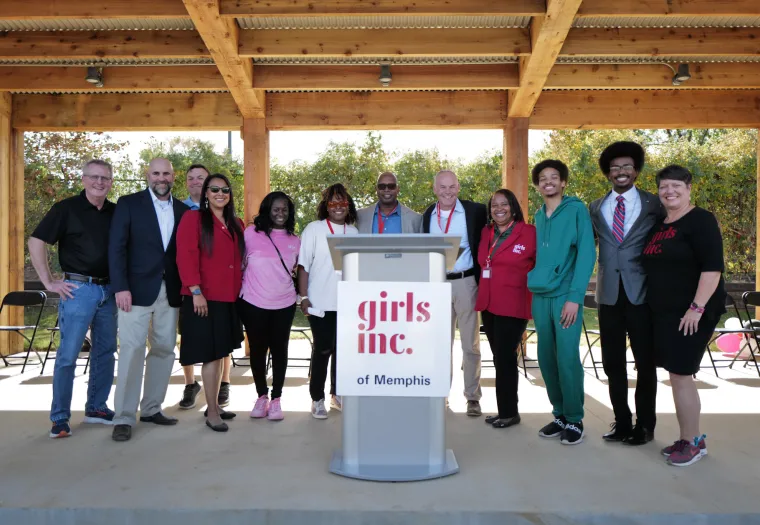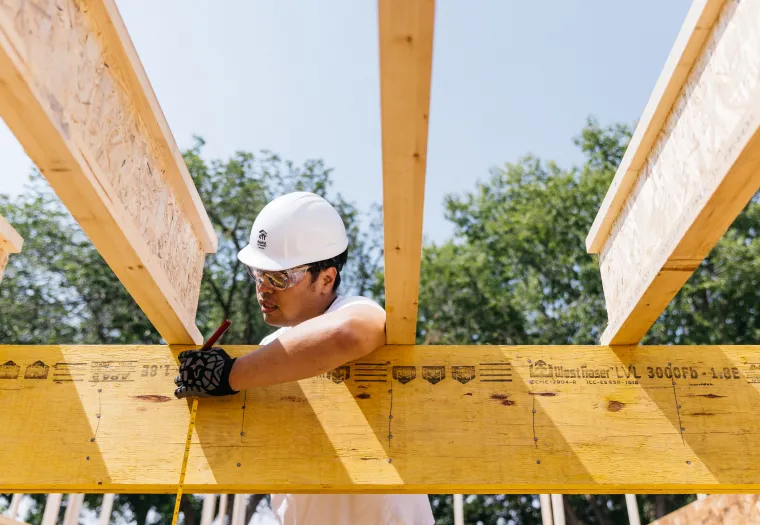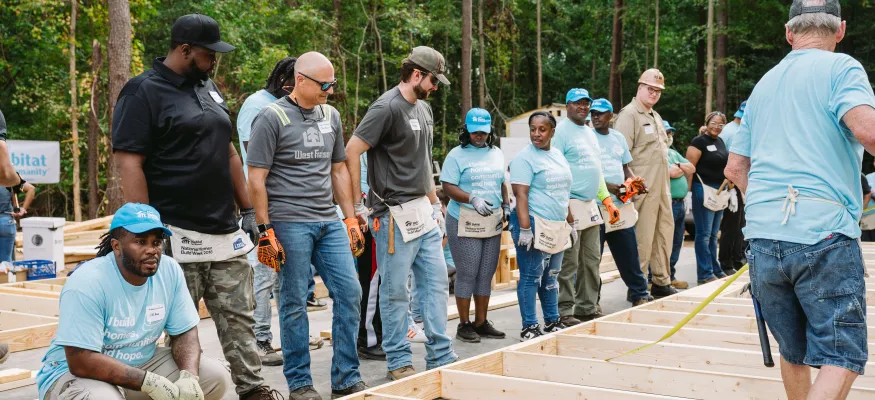
Community Investment
Creating Local Impact
Million invested in our communities
student placements, internships and apprenticeships
investment partnerships with community organizations
Investing Where We Operate
Being a good neighbour and building connections is the key to a thriving community. This is why we are always looking for opportunities to support local organizations, programs and initiatives that enrich the lives of the people who live and work in our operating communities.
Our regional teams work with local communities to identify areas of need that can be supported through our broad-ranging community investment program, which is built around five key pillars of focus.

We believe in taking care of our neighbours. Through our community investment program, funding consideration is given to programs that endeavour to enhance the quality of life of people in our communities, including:
- enabling access to basic needs, such as food and shelter;
- creating safe neighbourhoods; and
- supporting organizations that provide access to shelter and mental health support services.
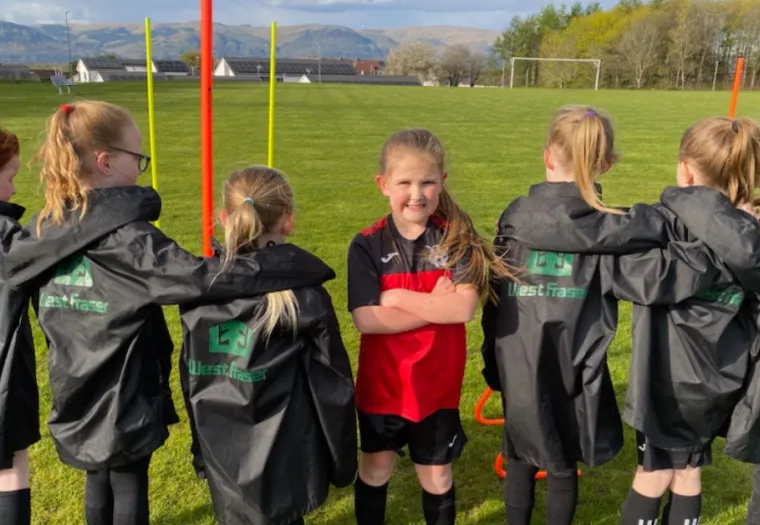
Understanding that physical and mental health investments are vital to thriving communities, we support a variety of initiatives including:
- recreation facilities;
- community amenities such as walking trails available to all community members; and
- youth sports available to all young people.
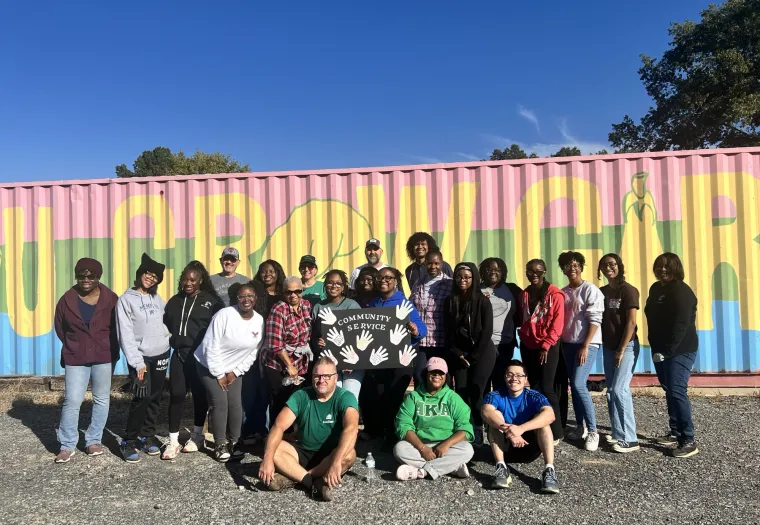
We make investments that support natural systems, community climate and environmental goals, as well as social supports that promote diversity, equity and inclusion initiatives. We support a variety of projects including:
- environmental projects and initiatives that operate within the following areas: air and climate action, water, land, biodiversity and forestry;
- land base restoration projects;
- assistance to underrepresented groups in the trades and STEM careers; and
- programs that support breaking down barriers and lifting others up through access to opportunities.

We prioritize supporting students in the communities where we operate through education funds. This includes:
- scholarships;
- resource and training funding for teachers and faculty; and
- funding to support programming or capital needs of schools.
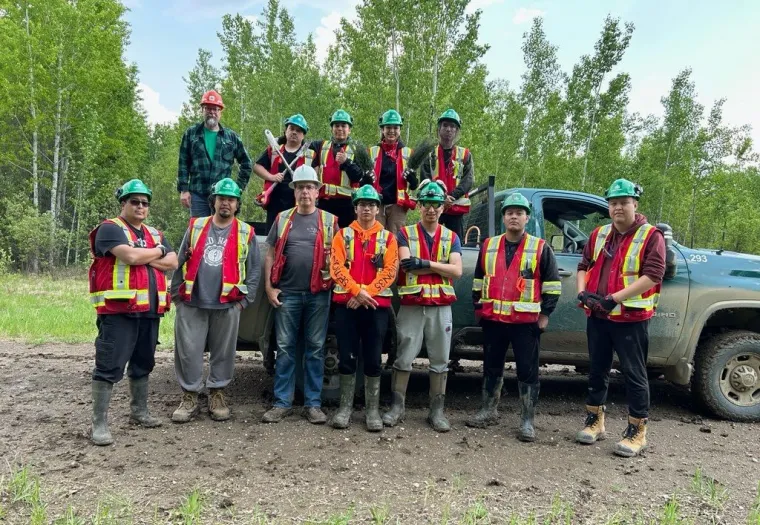
We make community investments that directly support the economic, social or environmental needs of an Indigenous Nation. Funding examples include:
- Indigenous community-based organizations;
- youth training and forestry career programs;
- cultural and community gatherings; and
- Indigenous entrepreneurship.
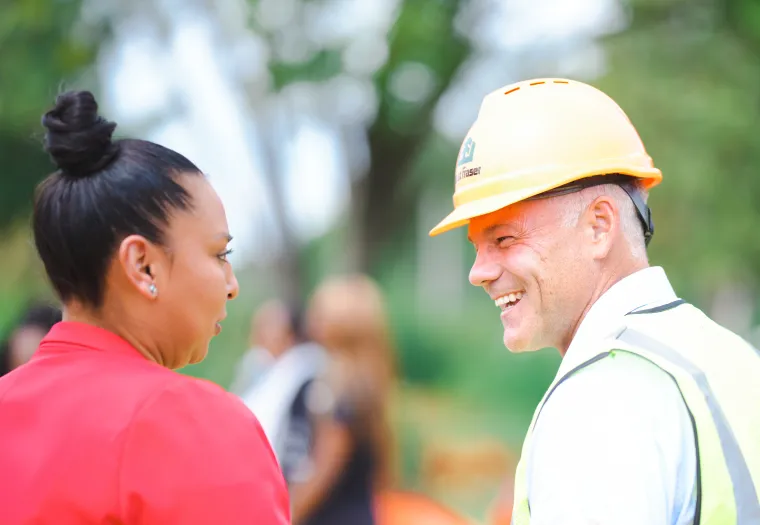
Do you have a potential project or know of an organization that focuses on quality of life, health and wellness, sustainability, education or Indigenous communities?
